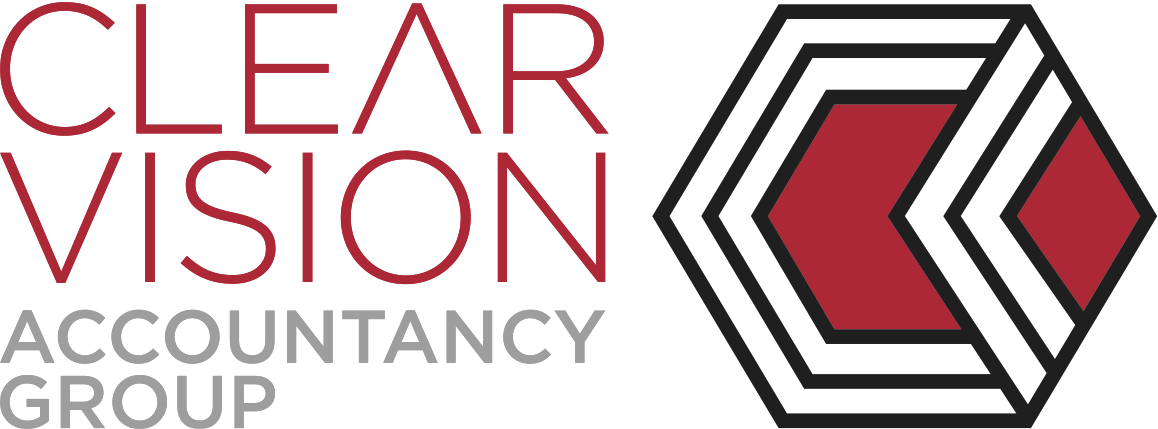Business Alert at 9:00am With CVA – FBT Time…. Workhorse Vehicles
FBT – ‘Workhorse’ Vehicles
This year there are new ATO guidelines for FBT-exempt ‘workhorse’ vehicles. The provision of a motor vehicle that is a workhorse vehicle is FBT exempt where the private use of the vehicle is limited to either work-related travel of an employee, and any other private use by the employee is minor, infrequent and irregular.
Some conditions must be satisfied before a workhorse vehicle is exempt from FBT. To look at it simply, ask yourself these questions.
- Is the eligible workhorse vehicle provided to a current employee?
- Is the vehicle provided to the employee for business use to perform their work duties?
- Does the vehicle have a GST-inclusive value less than the luxury car threshold at the time the vehicle was acquired?
- The vehicle can not be provided as part of a salary packaging arrangement & the employee can not elect to receive additional remuneration in lieu of the use of the vehicle. Is this the case in your situation?
- Is there a policy in place that limits private use of the vehicle & is an assurance obtained from the employee that their use is limited to what’s outlined in points 6 & 7 below?
- Does your employee use the vehicle to travel between their home & their place of work, and any diversion adds no more than two kilometres to the ordinary length of that trip?
- In addition to this diversion, any journeys undertaken for a wholly private purpose CAN NOT exceed more than 1,000 kilometres in total for the FBT year or a single journey CAN NOT exceed 200 kilometres. Have you checked this?
Clear as mud?
Don’t worry, we live for this stuff so give us a call if you have any questions or need clarification. We’re here to help.
The post Business Alert at 9:00am With CVA – FBT Time…. Workhorse Vehicles appeared first on Clear Vision Accountancy Group.





